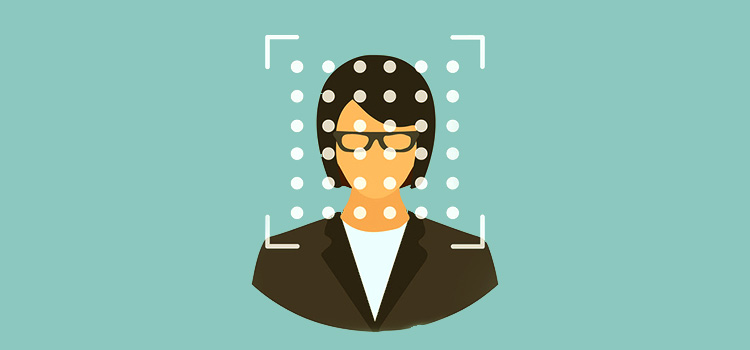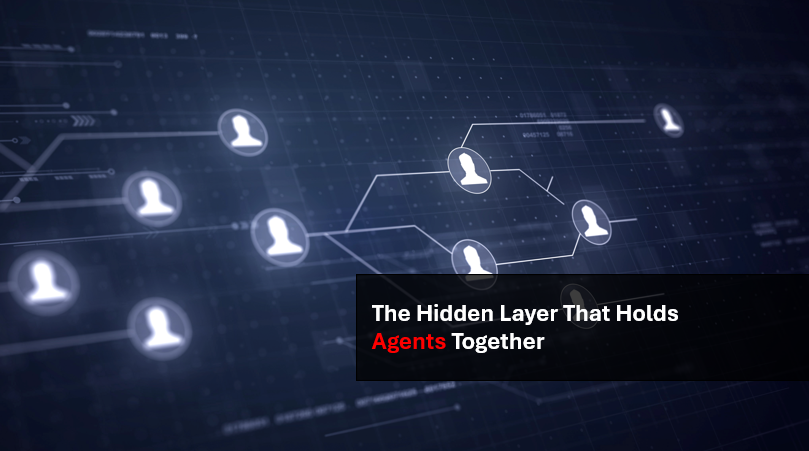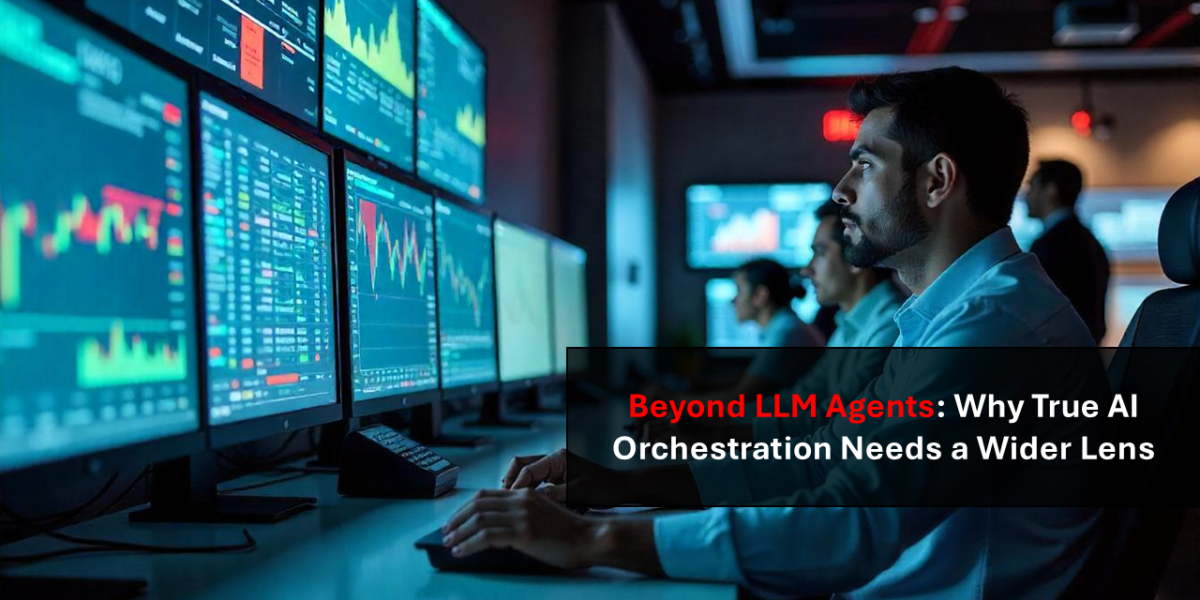AI is a hot topic today with many claiming that AI is the next wave of disruption that will change our everyday lives and many industries. The change is already underway and slowly but surely AI is creeping into the various facets of our work and lives. On the industrial front, AI is being implemented for a range of functions; AI-based image recognition in particular is set to transform the entire spectrum of manufacturing.
Visual inspection systems in an electronics parts manufacturing factory were the genesis of this particular technology. Visual inspection of components is necessary in manufacturing lines to detect flaws and anomalies. The idea is to improve the QCD (quality, cost and delivery) of the manufacturing line. Unfortunately, these visual inspection systems started slowing things down as they became a bottleneck point. Any change to the manufacturing line required the entire system to be rebuilt and re-programmed, not to mention periodic maintenance and tweaks. This is where AI came into the picture to address the shortcomings of these systems and improve productivity and quality for the entire manufacturing line.
Researchers at Fujitsu Laboratories decided to employ specialized genetic programming for a solution. Genetic programming is named for its similarity to the evolution of living organisms. When tested on the assembly line, the results were groundbreaking. The system generated the code for an inspection system in just 8 hours with an almost 100% accuracy rate. It would have taken human developers 7 days to code this solution.
Why Genetic Programming?
So why didn’t the researchers turn to deep learning for an AI solution? Well, certain requirements necessitated an alternative approach. Extremely high accuracy in the recognition rate was required. Mostly correct would not do, in this case it had to be almost 100% accurate. In addition, a black box solution (which is what deep learning systems generate) would not be suitable. For improvement and accountability, transparency was necessary.
Genetic algorithms fit these requirements as their judgement algorithms can be traced and unlike deep learning, they do not require massive data sets for training. Configuring specialized genetic programming with specialized templates can shorten processing time and attain a high recognition rate. The program evolved automatically based on preparing normal and defective images as the foundation for pass or fail judgements (binary image handling). Narrowing the focus enabled high recognition rates to be achieved without large data sets for training.
Programs are usually developed in the lab not on-site. However, to achieve the high recognition rate on-site trial and error was necessary. It also allowed the program to evolve autonomously. The payoffs of this technology have been substantial. Time to develop programs for different manufacturing lines has been reduced by 80% and the system can identify a part independent of its shape and location during the inspection process.
Programs for over 100 image recognition systems were developed. Different programs with the same purpose enable experimentation to determine which program achieves the best outcome. This allows improvements and revisions to be made. The system continuously improves accuracy with AI methodologies.
The next step is visual inspection technology for a wide range of manufacturing lines. Soon the whole spectrum of manufacturing could have access to efficient visual inspection systems that would provide massive payoffs in terms of productivity as well as efficiency, quality and cost. But it doesn’t stop at mere detection. The ultimate goal is a system that determines the cause of a defect and provides feedback to the preceding design process, so that the flaw is completely eradicated right at the source.
In the future, this system could be offered as a cloud service. The process would go something like this: automatic generation of the image generation system, delivery of the system to the factory by cloud, and lastly installation and implementation on-site with some degree of support. The two options for cloud services are Saas (Software as a Service) and Paas (Platform as a Service). This technology is set to completely transform the manufacturing industry.
Our next-gen, AI-powered content intelligence platform RAPFlow in tandem with our RPA solution RAPBot, provides end-to-end workflow automation capabilities that can be deployed in just a week. Please book a demo to explore how RAPFlow and RAPBot can transform your business.





